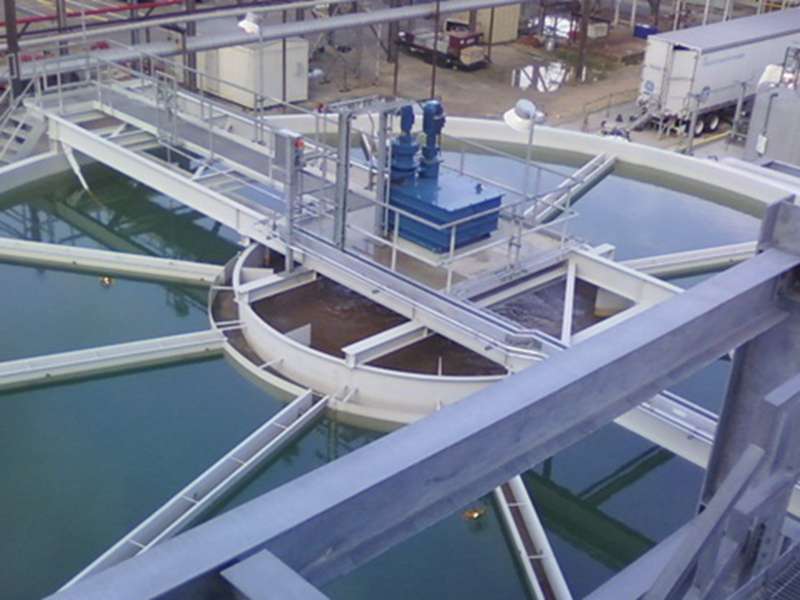
-
 Afrikaans
Afrikaans -
 Albanian
Albanian -
 Amharic
Amharic -
 Arabic
Arabic -
 Armenian
Armenian -
 Azerbaijani
Azerbaijani -
 Basque
Basque -
 Belarusian
Belarusian -
 Bengali
Bengali -
 Bosnian
Bosnian -
 Bulgarian
Bulgarian -
 Catalan
Catalan -
 Cebuano
Cebuano -
 China
China -
 China (Taiwan)
China (Taiwan) -
 Corsican
Corsican -
 Croatian
Croatian -
 Czech
Czech -
 Danish
Danish -
 Dutch
Dutch -
 English
English -
 Esperanto
Esperanto -
 Estonian
Estonian -
 Finnish
Finnish -
 French
French -
 Frisian
Frisian -
 Galician
Galician -
 Georgian
Georgian -
 German
German -
 Greek
Greek -
 Gujarati
Gujarati -
 Haitian Creole
Haitian Creole -
 hausa
hausa -
 hawaiian
hawaiian -
 Hebrew
Hebrew -
 Hindi
Hindi -
 Miao
Miao -
 Hungarian
Hungarian -
 Icelandic
Icelandic -
 igbo
igbo -
 Indonesian
Indonesian -
 irish
irish -
 Italian
Italian -
 Japanese
Japanese -
 Javanese
Javanese -
 Kannada
Kannada -
 kazakh
kazakh -
 Khmer
Khmer -
 Rwandese
Rwandese -
 Korean
Korean -
 Kurdish
Kurdish -
 Kyrgyz
Kyrgyz -
 Lao
Lao -
 Latin
Latin -
 Latvian
Latvian -
 Lithuanian
Lithuanian -
 Luxembourgish
Luxembourgish -
 Macedonian
Macedonian -
 Malgashi
Malgashi -
 Malay
Malay -
 Malayalam
Malayalam -
 Maltese
Maltese -
 Maori
Maori -
 Marathi
Marathi -
 Mongolian
Mongolian -
 Myanmar
Myanmar -
 Nepali
Nepali -
 Norwegian
Norwegian -
 Norwegian
Norwegian -
 Occitan
Occitan -
 Pashto
Pashto -
 Persian
Persian -
 Polish
Polish -
 Portuguese
Portuguese -
 Punjabi
Punjabi -
 Romanian
Romanian -
 Russian
Russian -
 Samoan
Samoan -
 Scottish Gaelic
Scottish Gaelic -
 Serbian
Serbian -
 Sesotho
Sesotho -
 Shona
Shona -
 Sindhi
Sindhi -
 Sinhala
Sinhala -
 Slovak
Slovak -
 Slovenian
Slovenian -
 Somali
Somali -
 Spanish
Spanish -
 Sundanese
Sundanese -
 Swahili
Swahili -
 Swedish
Swedish -
 Tagalog
Tagalog -
 Tajik
Tajik -
 Tamil
Tamil -
 Tatar
Tatar -
 Telugu
Telugu -
 Thai
Thai -
 Turkish
Turkish -
 Turkmen
Turkmen -
 Ukrainian
Ukrainian -
 Urdu
Urdu -
 Uighur
Uighur -
 Uzbek
Uzbek -
 Vietnamese
Vietnamese -
 Welsh
Welsh -
 Bantu
Bantu -
 Yiddish
Yiddish -
 Yoruba
Yoruba -
 Zulu
Zulu
Innovative Solutions for Enhancing Performance of Hard Rock Drilling Bits in Mining Operations
The Evolution and Impact of Hard Rock Drilling Bits
Hard rock drilling is an essential process in various industries, including mining, construction, and oil exploration. The effectiveness of this process largely depends on the drilling bits used. Hard rock drilling bits are specially designed tools responsible for penetrating tough geological formations, such as granite, basalt, and other dense materials. Over the years, the technology behind these drilling bits has evolved significantly, resulting in improved efficiency, durability, and performance.
Initially, the most common types of drilling bits used for hard rock were made from carbon steel. While these bits could penetrate hard materials, their durability was limited, leading to frequent replacements and increased costs. The introduction of tungsten carbide, a material renowned for its hardness, marked a significant advancement in drilling technology. Tungsten carbide-tipped bits have a longer lifespan, allowing for extended drilling operations with fewer interruptions.
The design of hard rock drilling bits has also undergone considerable transformation. Traditional bits utilized a simple design with no advanced features. However, contemporary hard rock bits incorporate sophisticated technologies such as polycrystalline diamond compact (PDC) cutters. PDC bits are manufactured using synthetic diamond materials, providing unmatched hardness and wear resistance. This technology enables them to maintain their cutting efficiency for a more extended period compared to conventional bits.
Another significant innovation in hard rock drilling bits is the development of roller cone bits
. These bits consist of three conical-shaped rollers that rotate as the bit penetrates the rock. The rolling action, combined with the crushing and scraping provided by the bits' tungsten carbide inserts, facilitates the efficient breakdown of hard rock formations. Roller cone bits can be customized for specific geological conditions, making them versatile tools in the hard rock drilling process.hard rock drilling bits

Efficiency is a critical factor in hard rock drilling, and advancements in bit design contribute to reduced drilling times and lower overall operational costs. The introduction of high-penetration rate (HPR) bits has further enhanced this aspect. HPR bits are designed to optimize the balance between speed, durability, and the rate of penetration, allowing drillers to achieve their goals with minimal downtime.
In addition to performance improvements, there is a growing emphasis on sustainable drilling practices. Modern hard rock drilling bits are increasingly being designed to reduce environmental impact. For example, some manufacturers now produce bits that can be reused or recycled, minimizing waste and promoting responsible resource management. This shift toward sustainability is crucial in an era where industries are under pressure to reduce their carbon footprints.
The impact of hard rock drilling bits extends beyond just efficiency and sustainability; they also play a vital role in safety. The advanced technologies used in modern bits minimize the risk of equipment failure and accidents during drilling operations. Enhanced reliability translates to safer work environments for drillers, thereby fostering greater industry standards.
In conclusion, hard rock drilling bits have come a long way from their early counterparts. With continuous advancements in materials, design, and technology, the capabilities of these bits have expanded significantly, allowing for more efficient, sustainable, and safe drilling operations. As industries continue to evolve and face new challenges, the development of hard rock drilling bits will remain a crucial element in meeting the demands of the modern world. The future likely holds even more innovations, promising to further enhance the performance and effectiveness of hard rock drilling technology.
Latest news
-
High-Quality Fiberglass Car Bodies Durable GRP Car & Boat Body SolutionsNewsJul.08,2025
-
High-Quality Fiberglass Dual Lamination Product Manufacturer Durable FRP & GRP Dual Lamination SolutionsNewsJul.08,2025
-
Rectangular Tank with Dimensions for GRP Calculation Custom Fiberglass GRP Rectangular TanksNewsJul.07,2025
-
High-Quality Fiberglass Weir Custom FRP Weir & Fiberglass Tanks ManufacturerNewsJul.07,2025
-
CPVC FRP Pipe A Reliable Choice for Industrial Applications High Strength & Corrosion ResistanceNewsJul.07,2025
-
Fiberglass Scrubber for Effective Cleaning and Stain Removal – Superior Performance in Various ApplicationsNewsJul.06,2025









